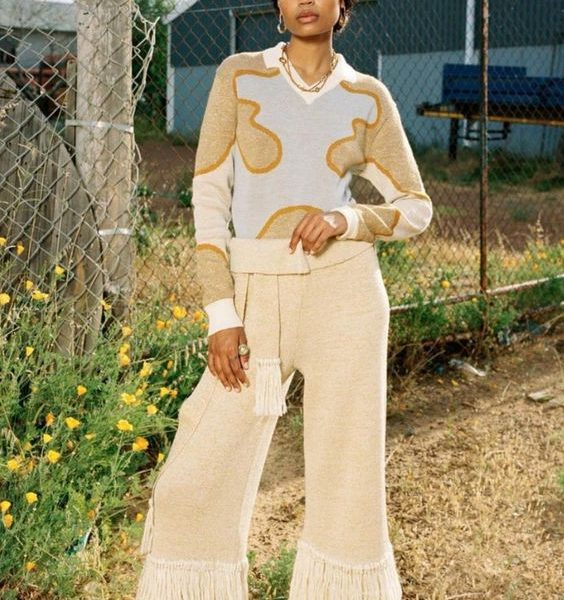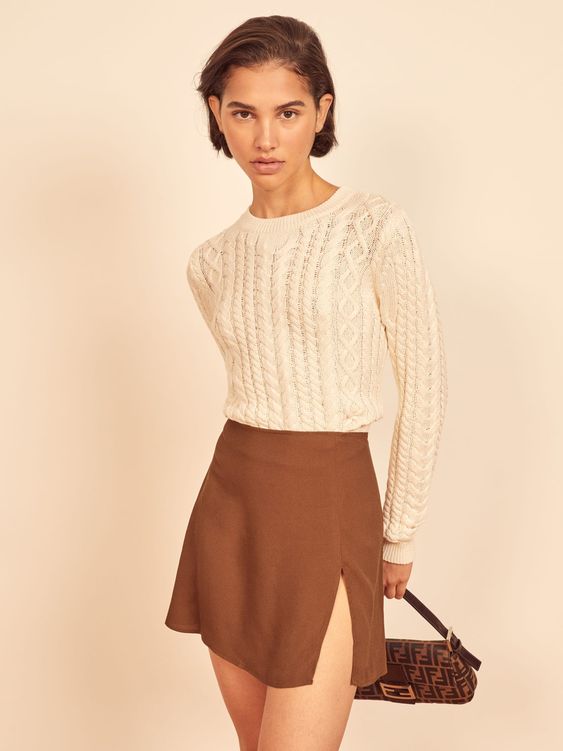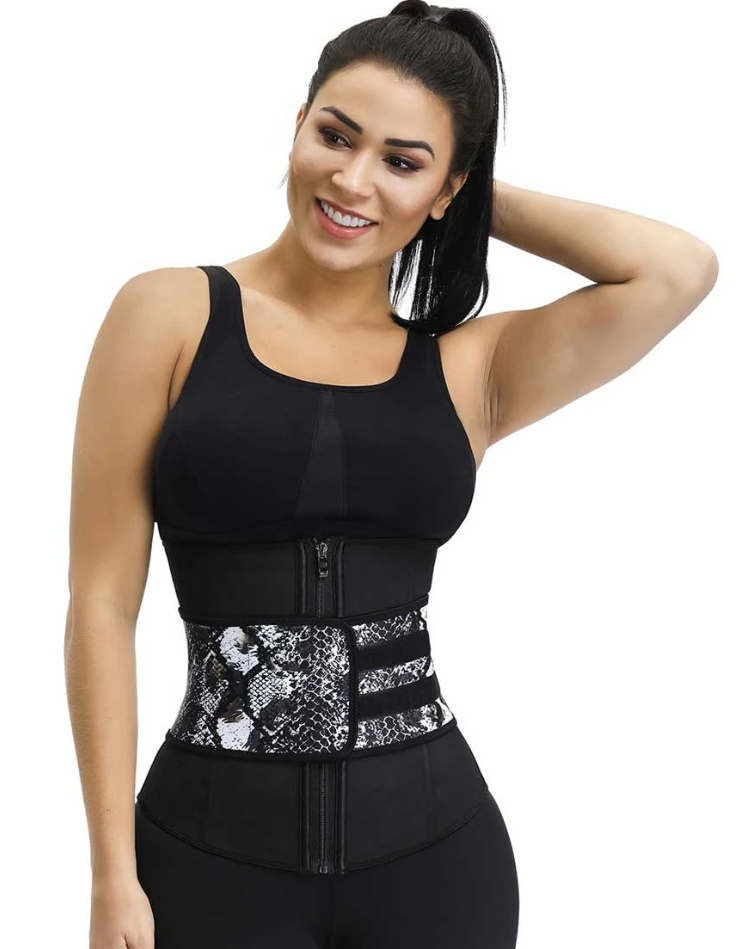Welcome winter with an emphasis on giving warmth while keeping our earth in mind as the cold weather creeps in, accompanied by strong winds and layers of clothes. During these cold months, there is no longer any need to sacrifice sustainability for style.
This winter, embrace a more sustainable form of comfort by keeping up with the latest trends while yet being environmentally conscientious. Embrace the shift towards ethical winter apparel and bid farewell to the transient fads of rapid fashion.
Forget fashion fads and embrace frosty fun with an eco-conscious winter wardrobe. This guide unlocks the secrets to staying both stylish and sustainable, from your coziest thermals to your wind-whipping outerwear.
Sustainable Clothing: What Are They?
“Sustainable fashion” is more than a passing trend; it represents a sea change. Starting with the seed and ending with the stitch, it’s about ethically made garments. Think closing the loop on garments, treating workers fairly, keeping emissions on a leash, and weaving in materials Mother Nature would high-five.
1. Select Sustainable Materials
The first snowflake in your eco-snowglobe? The materials. Ditch the petrochemical pals like polyester and regular cotton. Instead, snuggle up to organic cotton, bamboo as soft as a panda’s dream; lyocell spun from trees like magic, and recycled threads with stories to tell. Your skin, the planet, and even the sheep hiding from winter will thank you.
2. Get the Word Out About Ethical Jewels
The shady supply chains are out! Be wary of companies that don’t flaunt their commitment to ethics. Manufacturing procedures and labor practices must be open and transparent. Let your purchasing power speak volumes about your values by seeking out certificates such as Eco-Cert or Fair Trade.
3. Give Vintage Gems Another Look
The distinct charm of vintage can help you break free from the cookie-cutter template. These gently used gems, patiently awaiting their turn at consignment shops, vintage boutiques, and internet treasure hunts, give your wardrobe a unique edge while leaving less of an environmental impact. Further, each thread in these unique artworks tells a tale.
4. Quality Always Outweighs Quantity
Invest in classic, well-made items that endure throughout time, such as a robust wood rather than a delicate reed. In addition to reducing your environmental impact and the need for regular replacements, this will help you amass a wardrobe of multi-purpose jewels you will like for many years.
5. Take Extra Care of Your Clothes
Give your clothes the care and attention they need! Choose to let your garments air dry gently whenever you can, and remember to follow the care label recommendations like a secret code to extend the life of your garments. By lowering energy use and the need to purchase new garments, cold water washes are great for the environment and your laundry.
What to Wear in the Cold: Eco-Friendly Winter Clothes
Let’s explore some important ideas to help you dress for the chilly weather.
Fabrics Are Important: Select Sustainable Materials
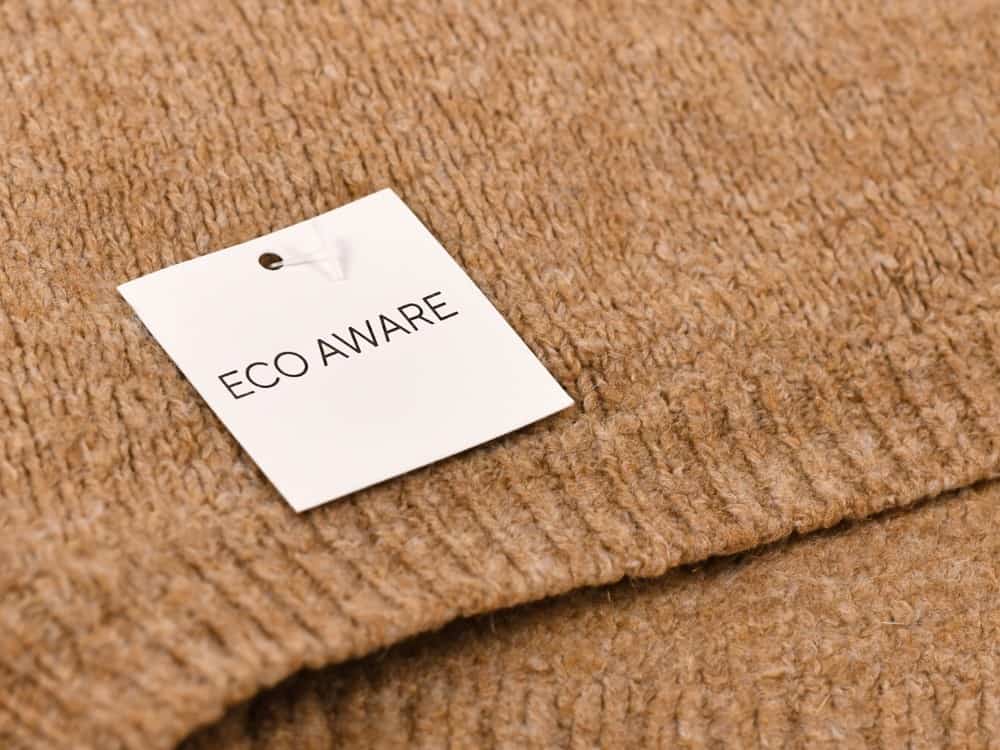
Ditch the fast fashion freeze this winter! Embrace warmth and eco-consciousness with clothing crafted from nature’s finest. Think cozy hemp scarves spun by the wind, organic cotton sweaters kissed by sunshine, and repurposed finds with tales to tell.
Bundle up in style with cozy layers
Whether you’re braving a blizzard or facing a crisp autumn morning, layering your clothes is a versatile weapon in your comfort arsenal. Ditch the bulky one-and-done approach and embrace the flexibility of thin, warm layers.
Think cozy recycled thermals that hug close to the body, or layer up with eco-friendly, naturally insulating options like merino wool. This way, you can easily adjust to changing temperatures throughout the day without sacrificing your sense of style.
Important Takeaway: You can remain environmentally conscientious while adjusting to different weather situations by layering with sustainable materials.
Accessorize In a sustainable manner

Accessories are a must for any winter ensemble. Choose recycled gloves and caps, organic cotton or bamboo scarves, and responsibly sourced leather backpacks or purses. These choices boost your style and the planet’s cleanliness.
Important Takeaway: Choose bamboo, organic cotton, recycled, or responsibly sourced leather accessories.
Eco-Friendly Winter Clothes Options
Let’s now look at some eco-friendly winter wardrobe pieces that will look great on you:
1. Organic Cotton
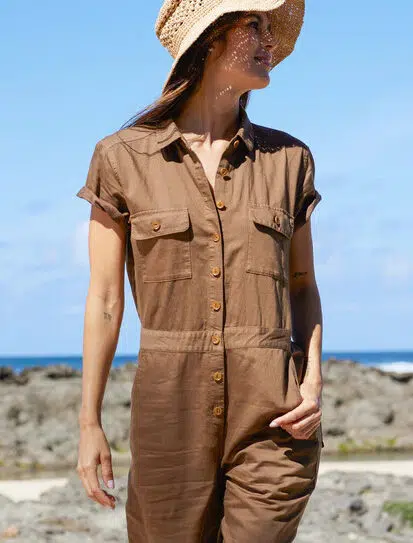
No chemicals are used to grow organic cotton. Winter essentials like thermals, t-shirts, and sweaters benefit from water conservation and soil fertility.
Benefits
- Lessens soil erosion and water contamination.
- Grown organically, improving farmer health by avoiding the use of chemicals.
- Gives warmth and comfort throughout the winter.
2. Hemp Clothing
Green and multipurpose, hemp is a great choice. An excellent choice for a winter coat, pants, or hat because it grows rapidly, doesn’t need as many pesticides, and doesn’t get mildewed or moldy. Additionally, its high toughness ensures longevity and fewer replacements.
Benefits
- Uses less water and chemicals when cultivating.
- Tolerant of mildew and mold.
- Long-lasting and robust, lowering the need for frequent replacements.
3. Recycled Polyester

Feel the eco-friendly rhythm as you wrap yourself in garments crafted from this sustainable thread!
Picture this: recycled polyester, the perfect companion for winter wonders like cozy beanies, snug thermal undergarments, and stylish fleece jackets. It’s not just clothing; it’s a sustainable statement that Mother Earth would undoubtedly approve.
Benefits
- Keeps plastic waste out of the water and landfills.
- Lessens the need for newly produced polyester, which uses much energy.
- Offers insulation and warmth for wintertime activities.
Make Your Winter Outfits Last
Take care of your winter clothes to extend their lifespan. Always store the item properly and per manufacturer care instructions. Prolonging the life of your winter shoes, jackets, and accessories through regular maintenance is key.
This method fits well with the increasing need for eco-friendly apparel by lowering the frequency of replacements and reducing your impact on the environment.
Increased Awareness of Eco-Friendly Clothes
As the dark clouds of fast fashion awareness loom, a surge in interest in eco-friendly clothes emerges. Witness the turning tide, where a growing number of individuals embrace sustainable clothing solutions, awakened by the environmental consequences of the fashion race. Look at these numbers:
Industry Statistics
- A Nielsen survey indicates that 73% of millennials are prepared to pay more for environmentally friendly products.
- According to Grand View Research, the global market for sustainable fashion is expected to increase at a compound annual growth rate (CAGR) of 9.1% from 2018 to 2025, reaching $9.81 billion.
- Every year, more than 100 billion garments are made globally, causing serious environmental harm (Ellen MacArthur Foundation).
Conclusion
Choosing environmentally responsible winter apparel is more than simply a trend—it’s a statement. It’s an announcement that you value the environment without sacrificing your sense of fashion. The aim is to rewrite the story of fashion, one recycled plastic bottle and cozie knit sweater at a time.
Thus, embrace the cold this winter rather than the waste. Create a wardrobe that keeps you warm and speaks to your ideals. Remember, the Earth is our only runway; let’s tread lightly and dress beautifully.
